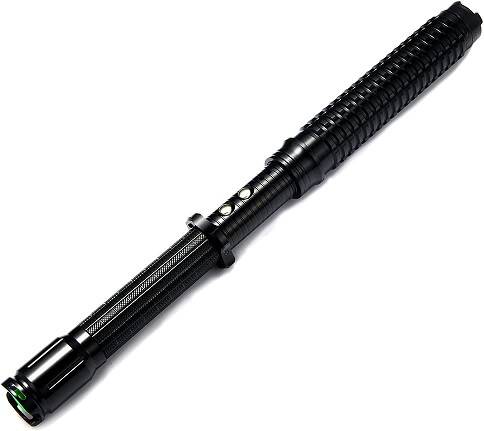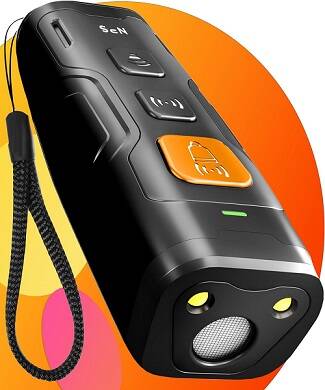Best Weapons to Defend Against Dog Attacks
Dog attacks, while statistically uncommon, can be a terrifying experience. Here at DefendPoint, we prioritize safety and responsible pet ownership. This article delves into preventing dog attacks and explores various non-lethal self-defense options should an attack occur.
Remember, the best defense is always avoidance.

Prevention is Key:
Best Non-Lethal Self-Defense Options (Last Resort)
Pepper Spray

Specially formulated dog pepper spray is an effective deterrent. It emits a concentrated oleoresin capsicum (OC) spray that irritates the dog’s eyes and respiratory system, causing them to retreat. Important Note: Pepper spray laws vary by location. Always check local regulations before carrying any form of self-defense spray.
Stun Guns

Some stun guns are designed for animal control, emitting a high-voltage shock that can deter an attack. However, these can be controversial and may not be effective on all dogs. Check local laws and understand the risks before using.
Ultrasonic Devices

These emit high-frequency sounds that some dogs find unpleasant, potentially startling them and causing them to retreat. Effectiveness can vary depending on the dog and its training.
Walking Sticks or Umbrellas

Held firmly, these can create a barrier and deter an attack. However, they are not foolproof and should be used with caution, never attempting to hit the dog.
Remember When Using Deterrents:
If the Dog Makes Contact:
After the Attack:
Final Thoughts:
Preventing dog attacks is always the best course of action. Be aware of your surroundings, respect canine communication, and remain calm in tense situations. If a dog attack does occur, prioritize de-escalation and utilize non-lethal deterrents as a last resort. Responsible pet ownership and proper dog training are key in preventing these unfortunate situations. At DefendPoint.org, we encourage responsible pet ownership and recommend seeking professional training for your dog if needed.
Remember:
These tips are for informational purposes only and should not be taken as a substitute for professional training or legal advice. Always check local laws regarding self-defense deterrents and act with caution in any situation involving an aggressive dog.
Certain content that appears on this site comes from Amazon. As an Amazon Associate, we earn from qualifying purchases. Read the full Disclaimer Here!





This is really helpful information. I walk my dog daily and sometimes encounter aggressive dogs off-leash. Knowing how to read their body language and the options for non-lethal deterrents makes me feel more prepared. The tip about not making eye contact and backing away slowly is something I’ll definitely remember. Thank you for sharing these insights!
What other non-lethal deterrents do you recommend for aggressive dogs?
Anne, you might want to consider citronella spray as another non-lethal deterrent. It’s often effective and causes no harm to the dog. Air horns or whistles can also help startle an aggressive dog, giving you a chance to back away.
Good write-up Dennis. Very helpful.